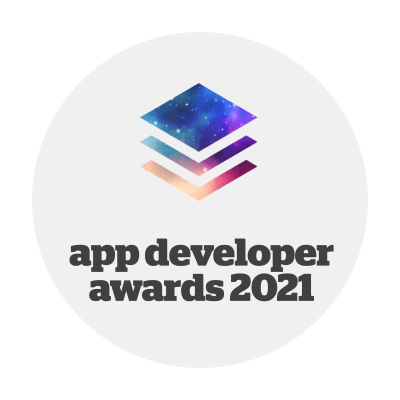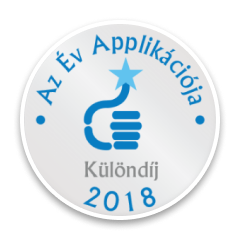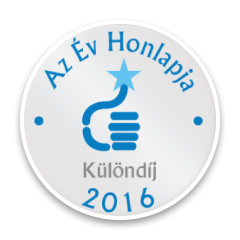Logishop webshop version 2024.4
Technical versions of the product: 4.1, 4.2, 4.3
Release date: 12.2024.
Features
1. Create and sort regions
The Create and Sort Regions feature allows you to flexibly manage your webshop's content blocks: create new regions, customise existing ones, and easily sort them. The admin interface's drag-and-drop nature makes it easy to tailor content to your customer's needs while also allowing you to target specific audiences. This feature makes the site easier to maintain and optimises the user experience.
A key element of the webshop design is the ability to edit content easily and transparently. The new "Create and sort regions" feature supports this by allowing flexible placement and sorting of different blocks of content, or "regions," on different pages of the store (e.g., the main page, product list page, product page, shopping cart, header, and footer). Previously, only the main page region could be changed, but its sort could not be changed or new ones created from the admin interface.
The types of regions available range from full-width or content-width banner bars, content maps (light or dark background), FAQ (Frequently Asked Questions) regions, USP (Unique Selling Point) regions in small or large sizes, brand logo regions, product carousels, newsletter subscription areas and other special elements. All this allows the webshop owner to tailor the structure of the site to the needs of the customer.
In the admin interface, each 'position' (e.g. main page, list page, product page, header, footer, shopping basket) is displayed as a separate tab. On these tabs, the admin can drag and drop the regions so that the selected content items appear in the order that best suits them on the page. In most cases, new regions can be created, and existing regions can be edited or deleted - with some restrictions to ensure that the page structure remains consistent (for example, headers and footers cannot be used to create new regions, only to enable or disable the regions they contain).
When creating regions, you can specify who can see the element. For example, you can set the content to be visible only to logged-in customers, only to B2C customers, only to B2B partners or to all visitors. Using the segment selector on the left-hand side of the admin interface, you can easily control which user groups a region is shown to.
This feature is particularly useful for targeting promotions, content or messages. For example, B2B users can be shown wholesale offers in specific regions, while B2C customers can be shown specific discounts or inspirational content.
Overall, the ability to create and sort regions allows the administrator to easily adapt the look and feel of the online store to changing requirements, target audiences, seasonal campaigns or even new marketing strategies. This flexibility makes it much easier to maintain the site and continually improve the user experience compared to previous operations.
2. Brand landing pages
The Brand landing page is an opportunity to showcase brands in a more attractive way, where customers can learn about products, descriptions and brand history. The A-Z bar, carousel and customisable admin interface make it easy to browse and tailor the display to your needs. Automatic SEO adjustments improve visibility and enhance the customer experience.
With the introduction of the Brand landing Ppge, the online store opens up a new opportunity to present brands in a more informed and engaging way. Instead of the previous, often simple brand lists, customers can now view dedicated brand pages with products (or variants) of a particular brand, as well as short and long descriptions to help deepen brand awareness and decision support.
The brand aggregator page brings together all the brands available in the system, allowing shoppers to browse the range in a single interface. Several features make the site easy to use. The first is the brand carousel, a collection of brands that is visually appealing and easy to browse. The administrator can decide whether to display this carousel on the collection page. The A-Z bar allows the customer to jump to the brands under the selected letter with a single click. If there is no brand for a particular letter, that letter remains passive. This makes it easier and quicker for visitors to find the brand they are looking for. The brands under each letter are displayed in two columns in alphabetical order. The system automatically distributes them equally between the two columns. The number of products or variants belonging to each brand is shown in brackets next to the brand names.
When a user clicks on a brand, they are taken to the brand's landing page. Here they can immediately see the brand's range, displayed either at product or variant level, depending on the global setting. A short introduction is displayed below the brand name, which can be supplemented with a longer, more detailed brand description in a modal window by clicking on the "Read more" button. This feature allows you to explain the history of the brand, its philosophy or even its quality guarantees without cluttering the page.
Product/variety listing and filtering: unlike the other listing pages in the webshop, the brand page does not have a dedicated brand filter, but the standard filters (size, colour, price) still work. This allows the site to present the full range of brands and still help the user to target their search.
In the admin interface, it is easy to control whether the brand end page should be product or variant-based. It is also possible to decide whether to display the alphabet bar or the brand carousel. All this is flexible, so the page can be tailored to the exact style of the webshop and the habits of the target audience.
The brand landing page URL is automatically generated based on the brand name and can be modified by the admin to suit their needs. In addition, the built-in SEO tab allows you to customise the SEO settings (title, description, keywords) so that the Brand landing page can be displayed in a search engine-optimised format. This improves search engine visibility and helps drive more organic traffic to your Brand landing page.
A Brand landing page therefore allows shoppers to learn about a brand and its offerings in one place, in context, while allowing the online store to more easily highlight the specifics, history, product offerings and unique values of individual brands.
3. Admin API, ERP API and middleware integration
The Admin API, ERP API and middleware integration allow easy synchronisation of Logishop product data from external systems. Data from ERP can be updated directly in the admin interface, reducing the possibility of manual data entry errors and speeding up product catalogue management.
The middleware and connection between the admin and ERP APIs are now complete. The Admin and ERP API integration and middleware layer ensures that Logishop's product data can be easily accessed, uploaded and maintained from external systems. This allows product information from the ERP to be synchronised directly with Logishop's admin interface, simplifying and speeding up product catalogue updates. This minimises the need for manual data entry, reduces the potential for errors and ensures seamless integration between back-end systems and the web store.
More information, related materials
Long Term Support version: the latest product version supported by LogiNet in the long term, based on the defined LTS lifecycle. The customer ordering Logishop is entitled to the latest Long Term Support version released during the product tracking period.
The latest LTS version is 3.18
Release date: 13.05.2024.
More details >>
Latest technical version numbers of the product: 4.3
Release date: 12.2024.
More details >>










